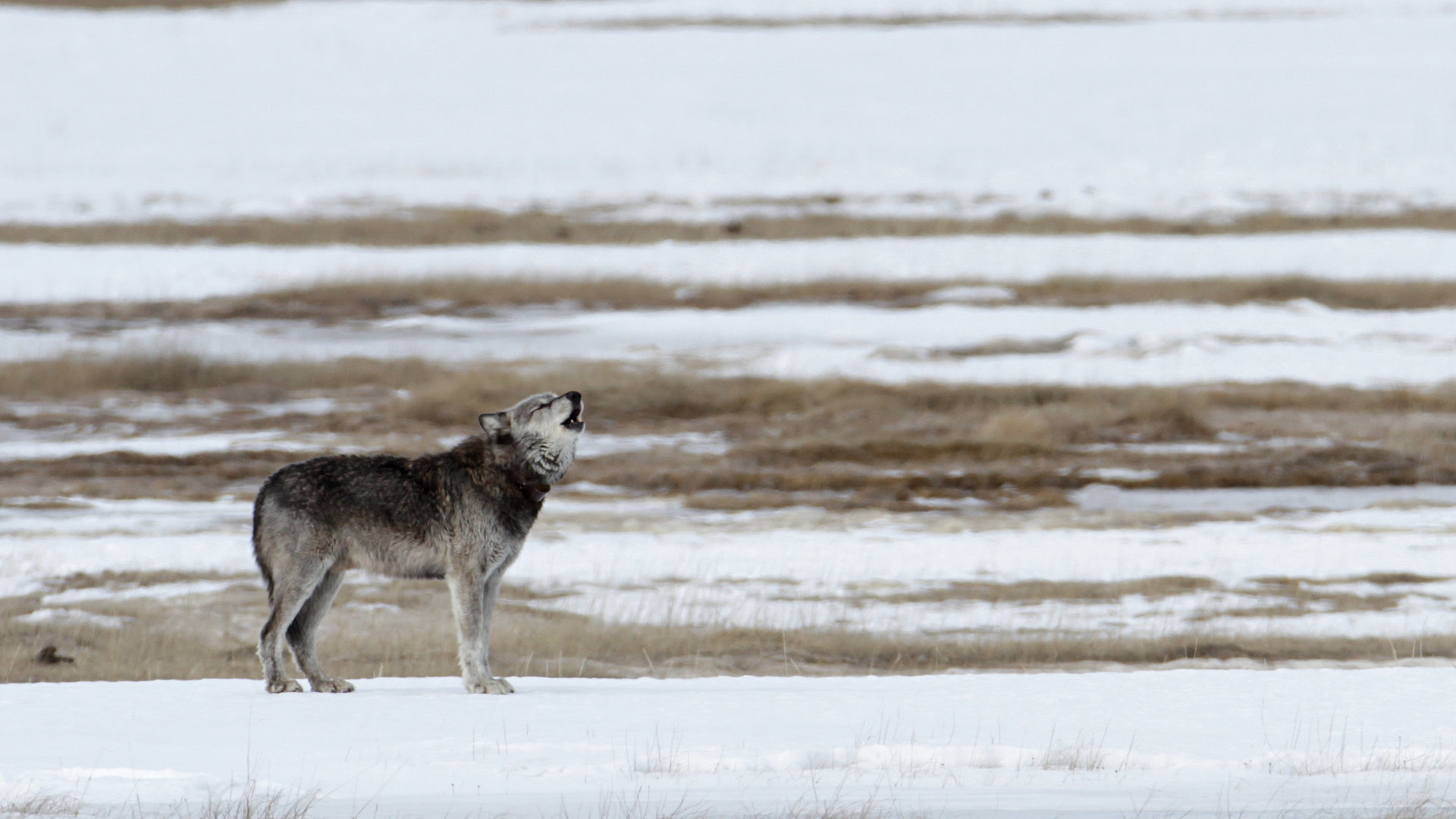As expected the U.S. Fish and Wildlife Service today issued a rule that would remove gray wolves (Canis lupus) from the protection of the Endangered Species Act.
The long-in-the-works move becomes effective 60 days after its publication in the Federal Register on election day — Jan. 4, 2021. It will put wolf conservation back in the hands of states and tribes, each of which would then have the right to decide on their own acceptable wolf population levels or hunting limits.
Ironically, the new rule comes less than a week before residents of Colorado will vote on a ballot measure to reintroduce wolves to the state. Many states maintain their own endangered species lists, which can offer protection if federal rules do not, but experts argue that states lack the resources to protect endangered species within their borders without federal support.
The announcement was made during an off-the-record phone call to which few media were invited, and to which this reporter’s request to attend received no response.
Still, it immediately generated criticism from scientists and conservationists, who have worked for decades to restore the species in the lower 48 U.S. states.
“This delisting is an unfortunate and politically driven decision as the best available science provides evidence that the gray wolf’s population is not fully restored throughout its historic range,” wrote Jacob Carter of the Union of Concerned Scientists. “Five scientists who are experts on gray wolf taxonomy, ecology and genomics reviewed the FWS’s proposed delisting of the gray wolf last year and found serious issues with the science.”
The Service and livestock trade groups, on the other hand, position the current state of wolf recovery as a major success. “Today’s action reflects…the parameters of the law and the best scientific and commercial data available,” Secretary of the Interior David L. Bernhardt said in a press release, which positioned the rule as part of ongoing efforts to “reform” the Endangered Species Act. “After more than 45 years as a listed species, the gray wolf has exceeded all conservation goals for recovery. Today’s announcement simply reflects the determination that this species is neither a threatened nor endangered species based on the specific factors Congress has laid out in the law.”
Conservationists argue that wolf populations have not reached sustainable levels and that delisting the species would then open them up to future hunting, which could further devastate populations. To see what could happen, look no further than Idaho, where wolf hunting is legal. Recent analysis by the Western Watersheds Project found that 570 wolves — including 35 pups, some just weeks old — were killed by hunters, trappers and government officials in the year ending June 30.
This delisting effort continues a twisting, turning path toward wolf conservation in this country, which has seen the iconic species gain and lose protection multiple times.
And as always, the story is not yet fully written. Conservation groups have already announced their intention to sue — a process they’ve won in the past.
The Revelator archives contain extensive coverage of the politics and science of wolf conservation. To learn more, check out these stories:
What Do Wolves Need to Thrive?
How to Protect Both Wolves and Livestock
Will Voters Welcome Wolves Back to Colorado?
The Trump Administration Pushes to Delist Wolves — and History Repeats Itself
Can We Learn to Coexist With Wolves? Denmark May Have Answers
Tigers and Wolves: The Reigning Cats and Dogs in Conservation?
Turning Power Over to States Won’t Improve Protection for Endangered Species
(Correction: This article originally mentioned a 30-day comment period on this new rule. Because this is a final rule, there will be no comment period.)
![]()


